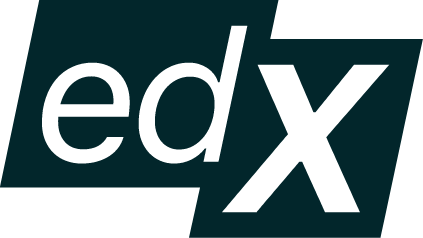
Your LinkedIn summary introduces you to your entire LinkedIn community, including current and former colleagues, potential employers, and family and friends. LinkedIn provides a platform to share what makes your accomplishments and relevant skills unique, and the summary is the perfect place to showcase this from the start. Displayed on your profile under the “About” header, you can tailor your summary to your particular niche in the cybersecurity field.
The purpose of your LinkedIn summary is to:
- Demonstrate your passion for your niche in the field of cybersecurity.
- Emphasize the unique value you bring to your role.
- Give your reader an idea of who you are as a professional.
Essentially, you are communicating your professional brand in your LinkedIn summary.
The format for your LinkedIn summary is flexible, so it’s up to you how you’d like to present yourself. Feel free to use first-person pronouns since you are writing your personal narrative, and consider including an invitation to connect with you at the end.
You can get more detailed advice about developing your professional brand in our Professional brand guide and a closer look at LinkedIn in our LinkedIn profile guide.
Expert advice
“The bio section of your LinkedIn profile is an opportunity to introduce yourself to potential employers and colleagues. Use this section to showcase your strengths and skills that are relevant to your target audience. Incorporate relevant keywords to make it more searchable.”
– Ritu Arora, career expert at edX

LinkedIn summary samples
Example 1 — Security analyst
I’m a security analyst with experience in online security research, planning, execution, and maintenance. I’ve learned how important it is to pay attention to the details, as those little — often overlooked — bits of information are usually where a system’s vulnerabilities are. I hold a certificate in cybersecurity, with a background in training and educating internal users on relevant security procedures and preventative measures. I’m a critical thinker specializing in network monitoring, security software installation, and preventing cyberattacks in business and corporate settings. In the past, I have successfully collaborated with development teams to provide expertise and systems analysis, resulting in the integration of security best practices in the Software Development Life Cycle (SDLC). My CompTIA certifications include Security+, Network+, and Linux+.
Example 2 — Penetration tester
Penetration tester with a certificate in cybersecurity. Certifications include CompTIA Security+ and PenTest+. An effective problem solver bringing both technical aptitude and an understanding of business processes. Able to leverage background in computer science and forensic data analysis to evaluate complex systems for potential threats. Proven success in conducting tests to identify system vulnerabilities and prevent future security breaches. Security enthusiast motivated by collaboration, innovation, and cross-team knowledge sharing to ensure compliance with security best practices. Feel free to reach out so we can connect.
Example 3 — Security engineer
An accomplished security engineer with over a decade of experience. Certified Ethical Hacker (CEH) with additional certifications in Security+ and CISSP (Certified Information Systems Security Professional). Extensive experience with Python programming and Bash scripting, security network design and architecture, vulnerability assessment, and cryptography. Generated security reports on penetration testing, risk analysis, and policy and procedure evaluation for executive review, increasing awareness of security best practices at all levels of the organization. Aims to leverage background as a software engineer to effectively bridge the gap between security and engineering teams. Strengths in configuring and auditing detection and prevention technologies, coupled with success leading security teams.
Additional resources
Your LinkedIn summary is great for letting your professional brand shine and can kick-start many networking opportunities.
Check out the Professional brand guide, LinkedIn profile guide, and Networking guide for more in-depth information about similar topics.
Curious about what LinkedIn summaries look like in other related industries? Check out these samples:



